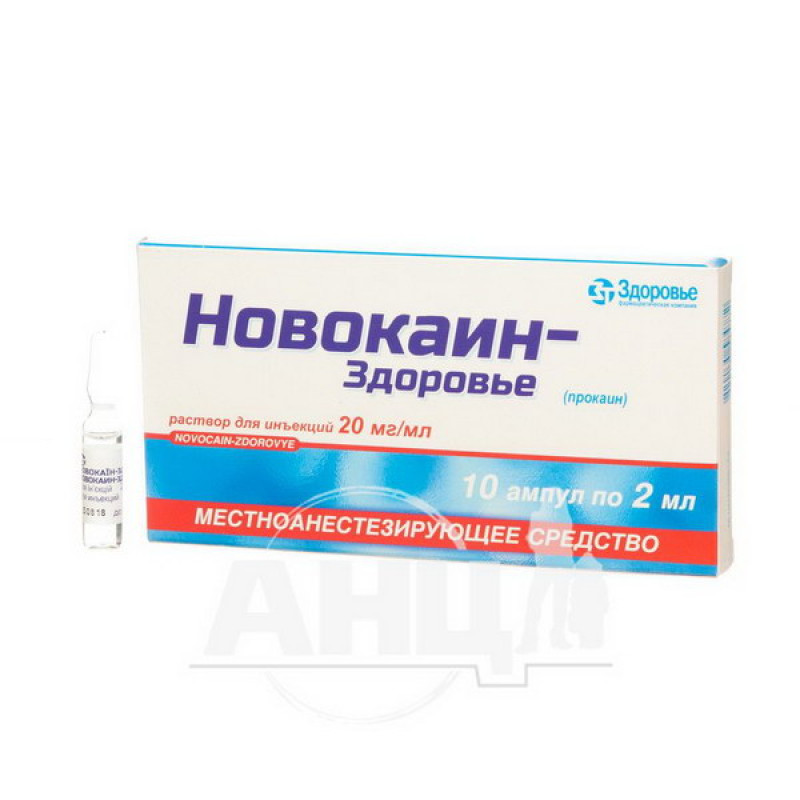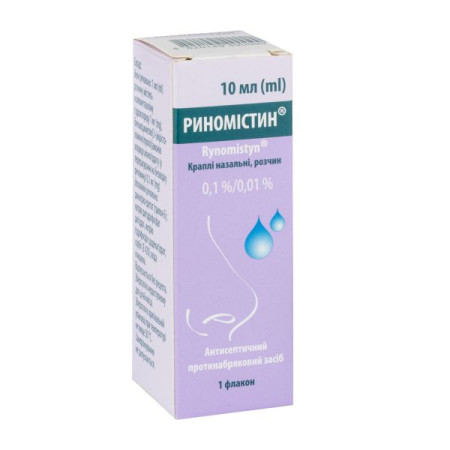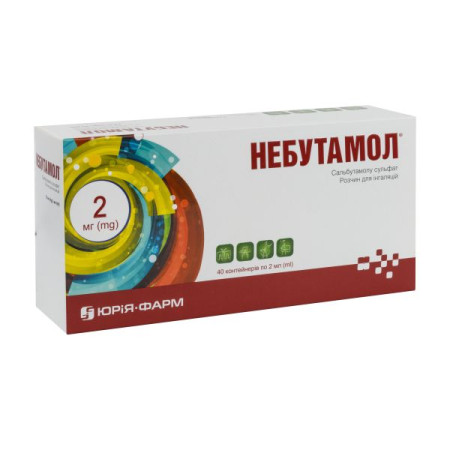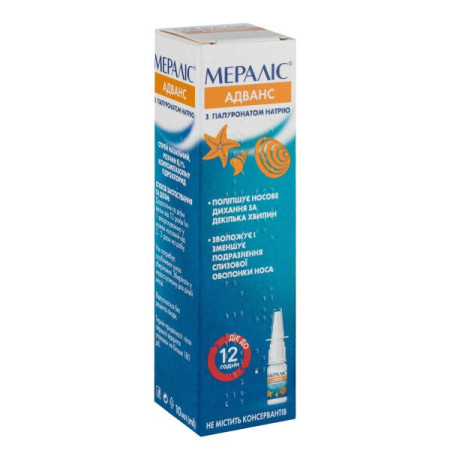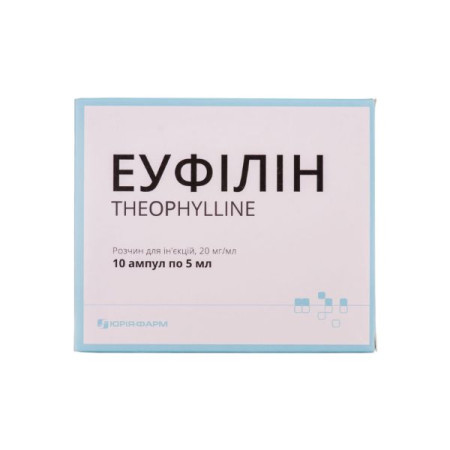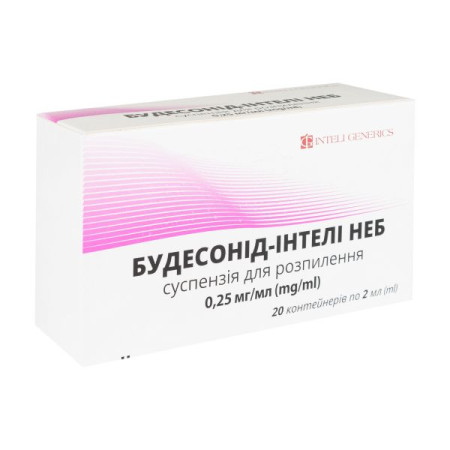Novocaine-Zdorovye solution for injection 2% ampoule 2 ml No. 10
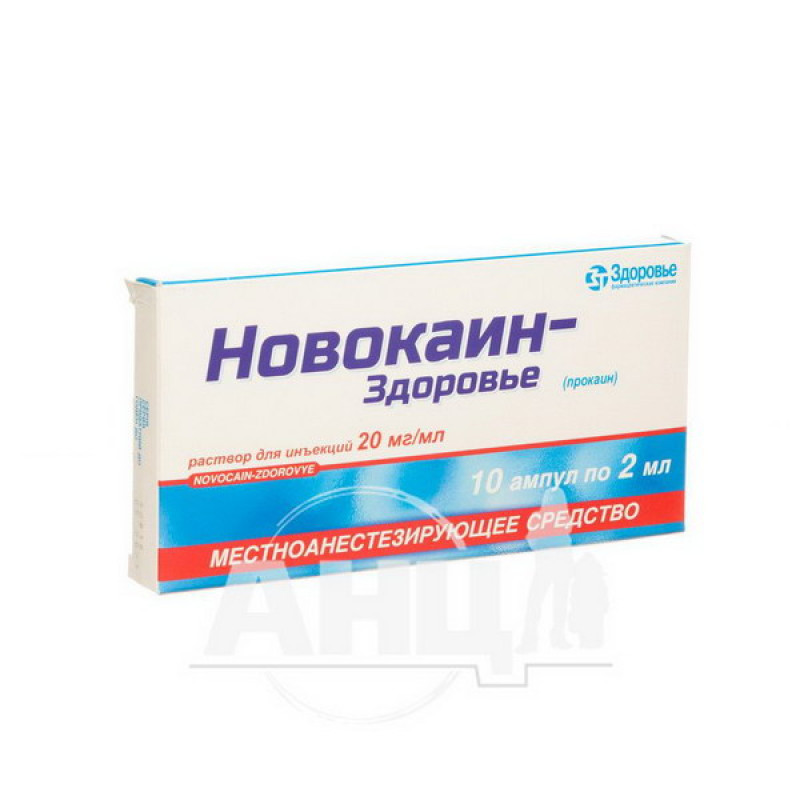
"Novocaine-Zdorovya" injection solution is used for the following indications: conduction, epidural and spinal anesthesia in surgery, urology, ophthalmology, dentistry, otorhinolaryngology, blockade of peripheral nerves and nerve plexuses.
Composition
1 ml of solution contains (active ingredient) procaine hydrochloride 20 mg.
Excipients: concentrated hydrochloric acid, water for injections.
Contraindication
Hypersensitivity to the drug, cardiogenic shock, severe arterial hypotension, severe forms of chronic heart failure, reduced left ventricular function, II-III degree blockade, severe bradycardia, Adams-Stokes syndrome; history of convulsions caused by the use of novocaine; sick sinus syndrome, severe liver dysfunction, hypovolemia, bleeding, myasthenia gravis, infection of the lumbar puncture site, septicemia, purulent process at the site of drug administration, urgent surgical interventions accompanied by acute blood loss. In glaucoma, it is forbidden to administer the drug retrobulbarly.
Method of application
The dose usually depends on the type of anesthesia, the degree of vascularization of the tissues, the required depth and duration of anesthesia, as well as on the individual characteristics of the patient. It is recommended to administer the lowest effective dose.
For caudal and lumbar epidural block, administer 15-25 ml of a 2% solution. The maximum volume of a single injection should not exceed 25 ml. Repeated doses are usually 2-6 ml less than the initial dose and should be administered at intervals of 40-50 minutes.
The maximum single dose for adults is 11 mg/kg body weight, but not more than a maximum total dose of 800 mg.
Application features
Pregnant women
Use during pregnancy is possible provided it is well tolerated.
During breastfeeding, the use of the drug is possible after a thorough assessment of the expected benefit of therapy for the mother and the potential risk to the infant.
When used during childbirth, bradycardia, apnea, and seizures may develop in the newborn.
Children
The use of the drug by children is prohibited.
Drivers
During the treatment period, you should refrain from driving vehicles and engaging in other potentially dangerous activities that require increased concentration and speed of psychomotor reactions, due to the possibility of some adverse reactions from the nervous system, sensory organs and/or cardiovascular system.
Overdose
Possible only when using novocaine in high doses.
Symptoms
Paleness of the skin and mucous membranes, dizziness, nausea, vomiting, increased nervous excitability, "cold" sweat, tachycardia, decreased blood pressure, almost to the point of collapse, tremor, convulsions, apnea, methemoglobinemia, respiratory depression, sudden cardiovascular collapse.
The effect on the central nervous system is manifested by a feeling of fear, hallucinations, convulsions, and motor agitation.
Treatment
In cases of overdose, the administration of the drug should be stopped immediately. When performing local anesthesia, the injection site can be pricked with adrenaline.
General resuscitation measures: oxygen inhalation, if necessary - artificial ventilation of the lungs. If convulsions last more than 15-20 seconds, stop them with intravenous thiopental (100-150 mg) or diazepam (5-20 mg). In case of hypotension and / or myocardial depression, intravenously administer ephedrine (15-30 mg), in severe cases - detoxification and symptomatic therapy.
In the event of intoxication after injection into the muscles of the leg or arm, urgent application of a tourniquet is recommended to reduce further entry of the drug into the general bloodstream.
Side effects
The drug is usually well tolerated, however, the following side effects may sometimes develop.
From the nervous system: headache, motor restlessness, increased irritability, dizziness, drowsiness, weakness, loss of consciousness, convulsions, trismus, tremor, cauda equina syndrome (paralysis of the legs, paresthesias), numbness of the tongue and perioral area, respiratory depression, paralysis of the respiratory muscles, motor and sensory block, coma.
From the sensory organs: visual and auditory disturbances, decreased visual acuity, tinnitus, photophobia, nystagmus.
On the part of the digestive system: nausea, vomiting, involuntary defecation.
Cardiovascular system: chest pain, increase or decrease in blood pressure, collapse, peripheral vasodilation, decrease in cardiac output, bradycardia, arrhythmia, heart block, cardiac arrest.
From the urinary system: involuntary urination.
Blood disorders: methemoglobinemia.
Allergic reactions: skin itching, skin rashes, dermatitis, skin peeling, eczema, erythema, angioedema (including laryngeal edema), other anaphylactic reactions (including anaphylactic shock), urticaria (on the skin and mucous membranes).
Interaction
Do not use in treatment with sulfonamides. Use only the recommended solvent.
Storage conditions
Store in the original packaging at a temperature not exceeding 25 °C, out of the reach of children.
Shelf life - 3 years.
There are no reviews for this product.
There are no reviews for this product, be the first to leave your review.
No questions about this product, be the first and ask your question.






